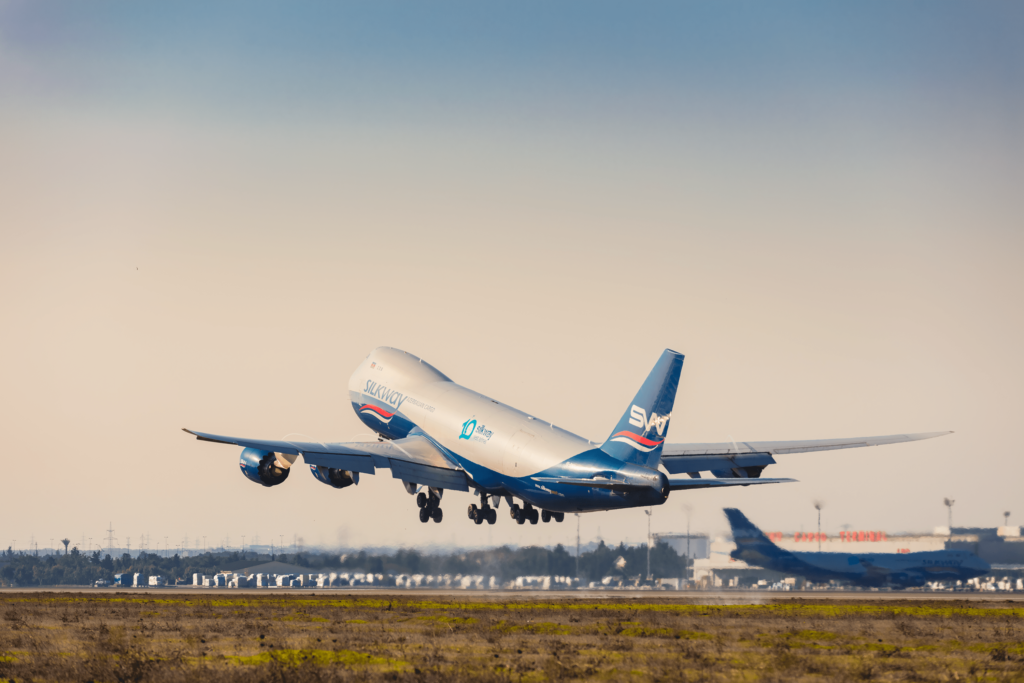Scheduled Route Connecting Baku with LA
10th August 2023

Silk Way West Airlines, a cargo airline in the Caspian and Central Asian region, expands its US network by adding weekly flights to and from Los Angeles International Airport, one of the world’s largest cargo gateways, handling millions of tons of freight annually.
The addition of the California hub to its network reinforces the carrier’s dedication to meeting the evolving needs of its customers and supporting global trade. The airline will transport a wide range of general cargo, perishables, oversized and e-commerce goods on the route.
With this route expansion, Silk Way West Airlines enhances its presence in this key region by introducing an additional strategic destination. The addition of Los Angeles complements Silk Way West Airlines’ flights to Houston, launched in April of this year, as well as the previously established regular flights to Chicago and Dallas.
“We are delighted to announce the expansion of our network with the addition of Los Angeles International Airport as a new destination,” said Fadi Nahas, Silk Way West Vice President Americas. “The new route will greatly benefit our West Coast customers by providing freighter nose cargo load capacity and shorter transit times for US destinations west of the Continental Divide.”
Founded in 2012 in Baku, at the heart of the Silk Road, Silk Way West Airlines operates hundreds of flights every month across the globe via its fleet of 12 dedicated Boeing 747-8F and 747-400F aircraft based at Heydar Aliyev International Airport. On April 28, 2021, Silk Way West Airlines signed a strategic fleet expansion agreement with Boeing for the purchase of five new 777 Freighters, followed by a further agreement signed on November 10, 2022 for the purchase of two state-of-the-art 777-8 Freighters. Silk Way West Airlines also agreed the purchase of two A350 Freighters with Airbus on June 28, 2022.
The airline’s annual cargo turnover exceeds 500,000 tons, and its growing route network covers over 40 destinations across Europe, the CIS, the Middle East, Central and Eastern Asia, and the Americas.

